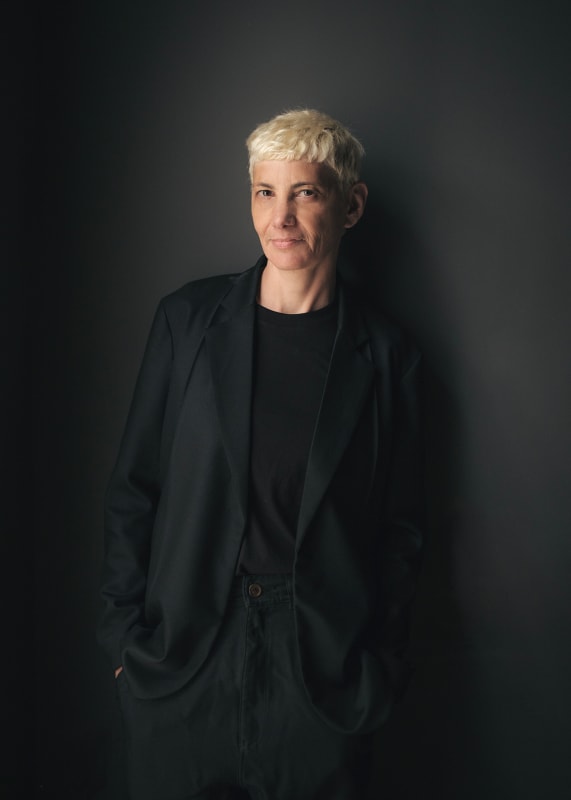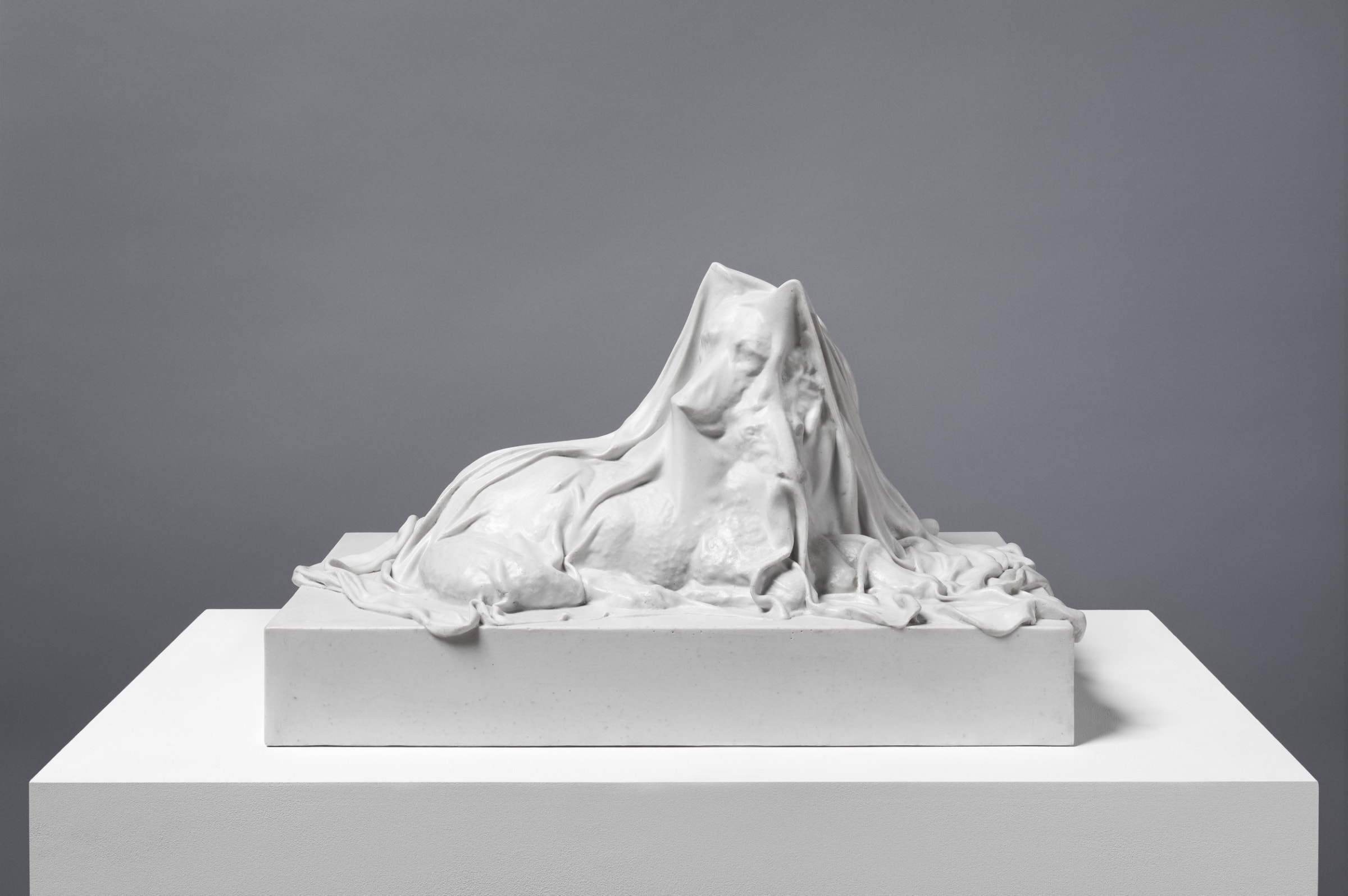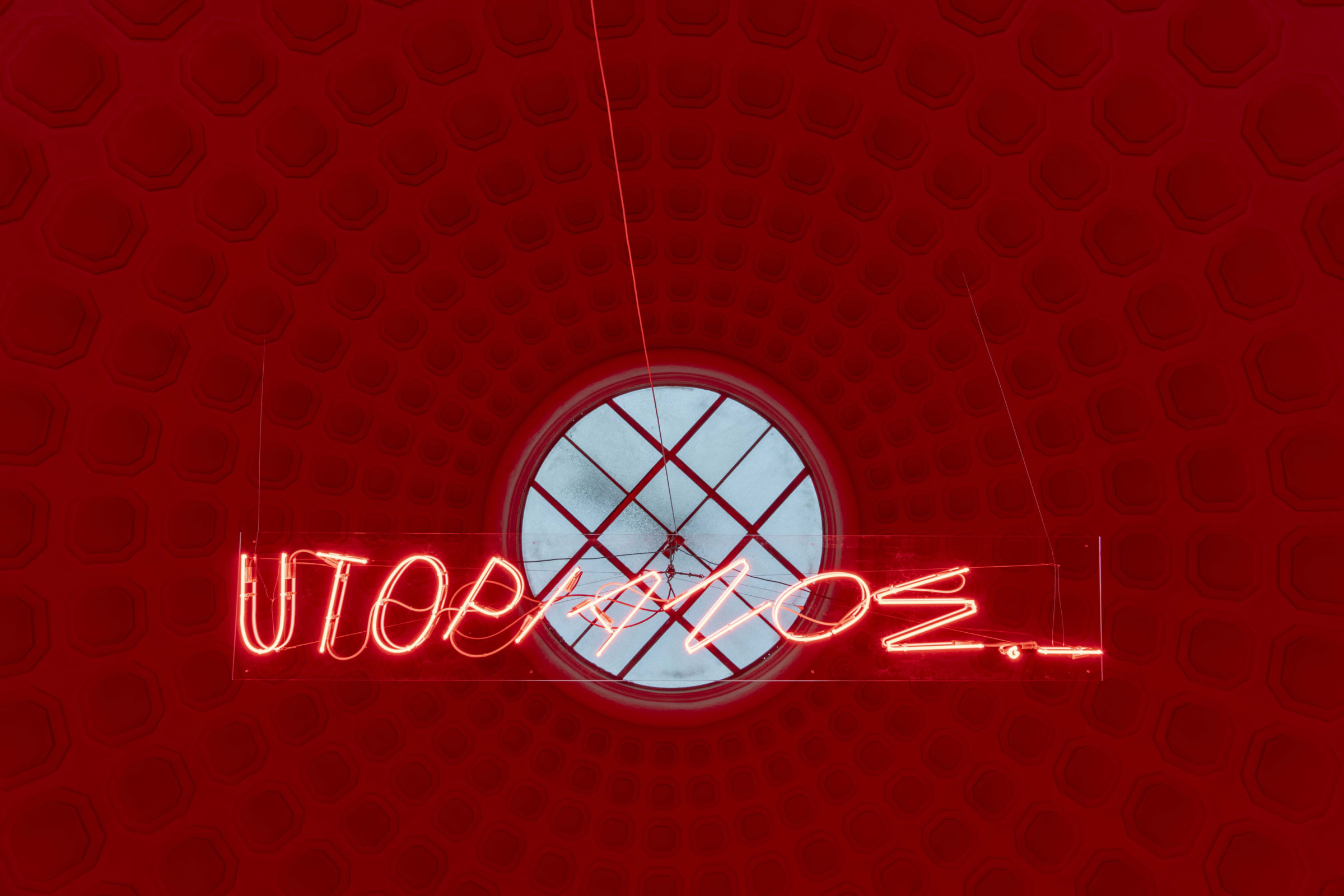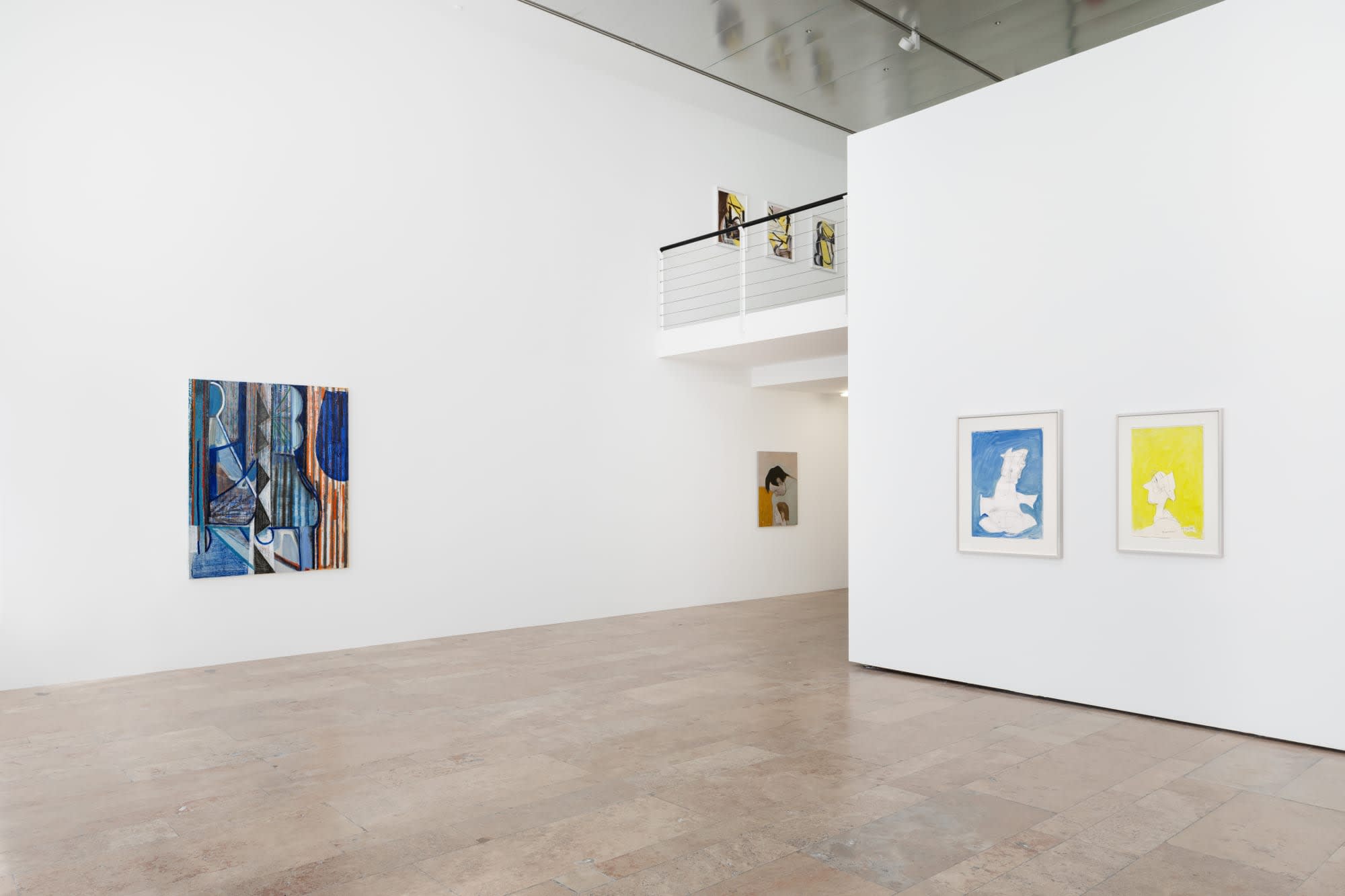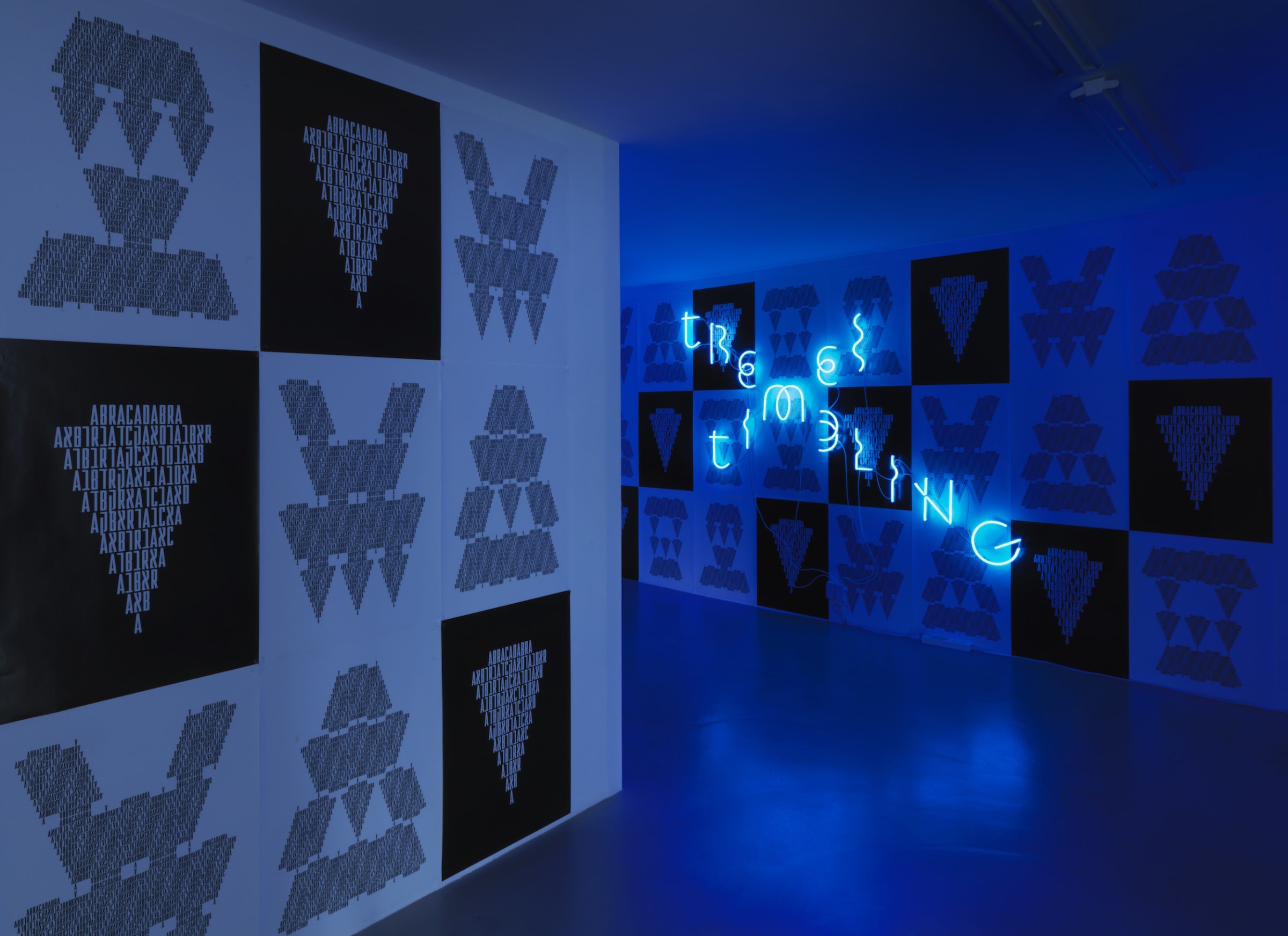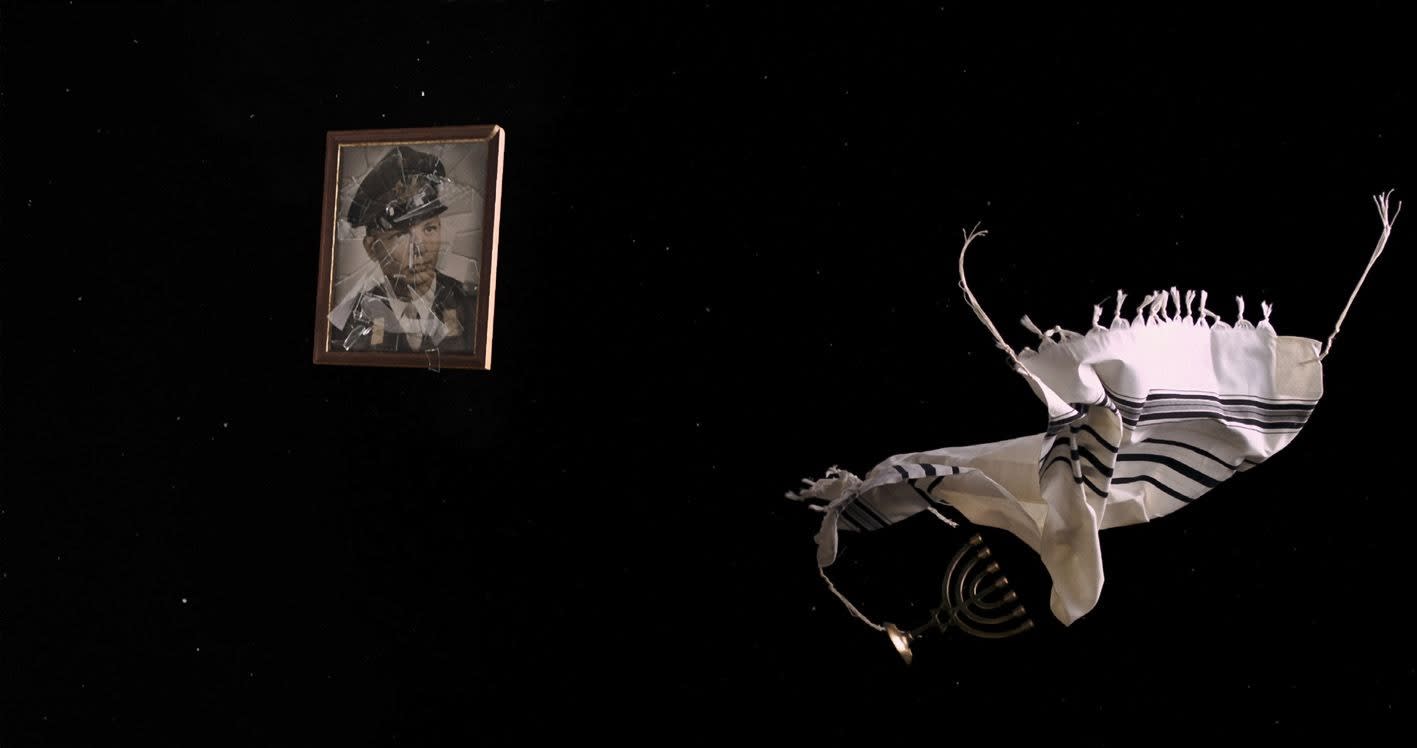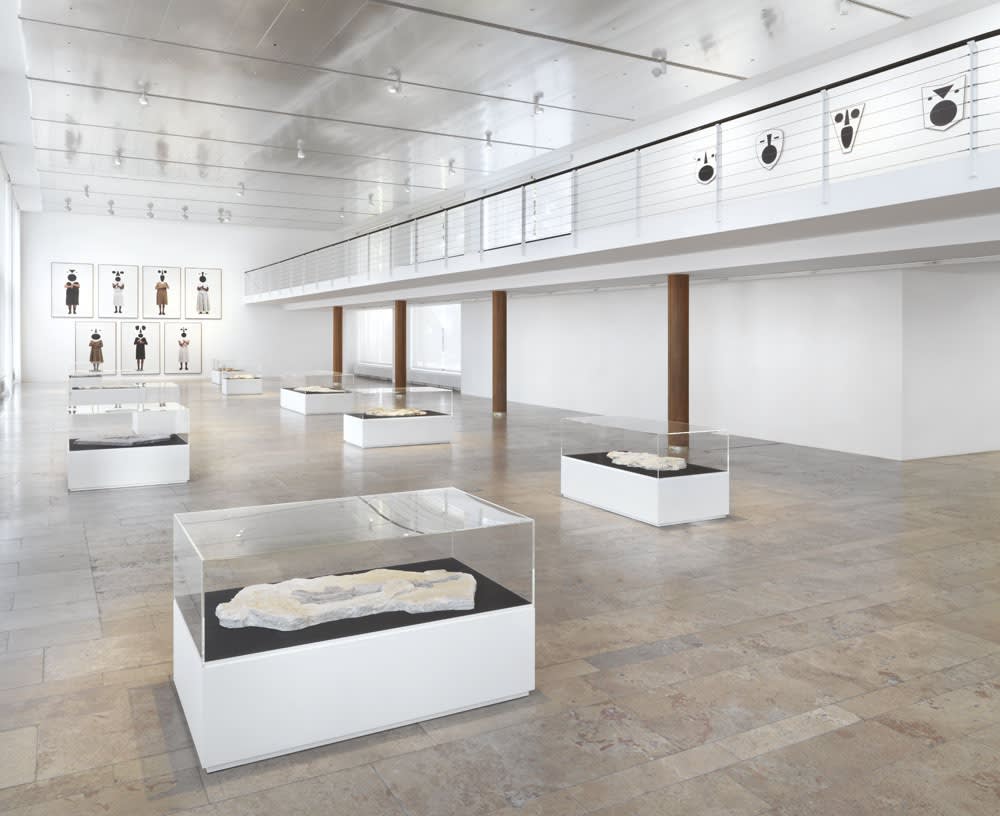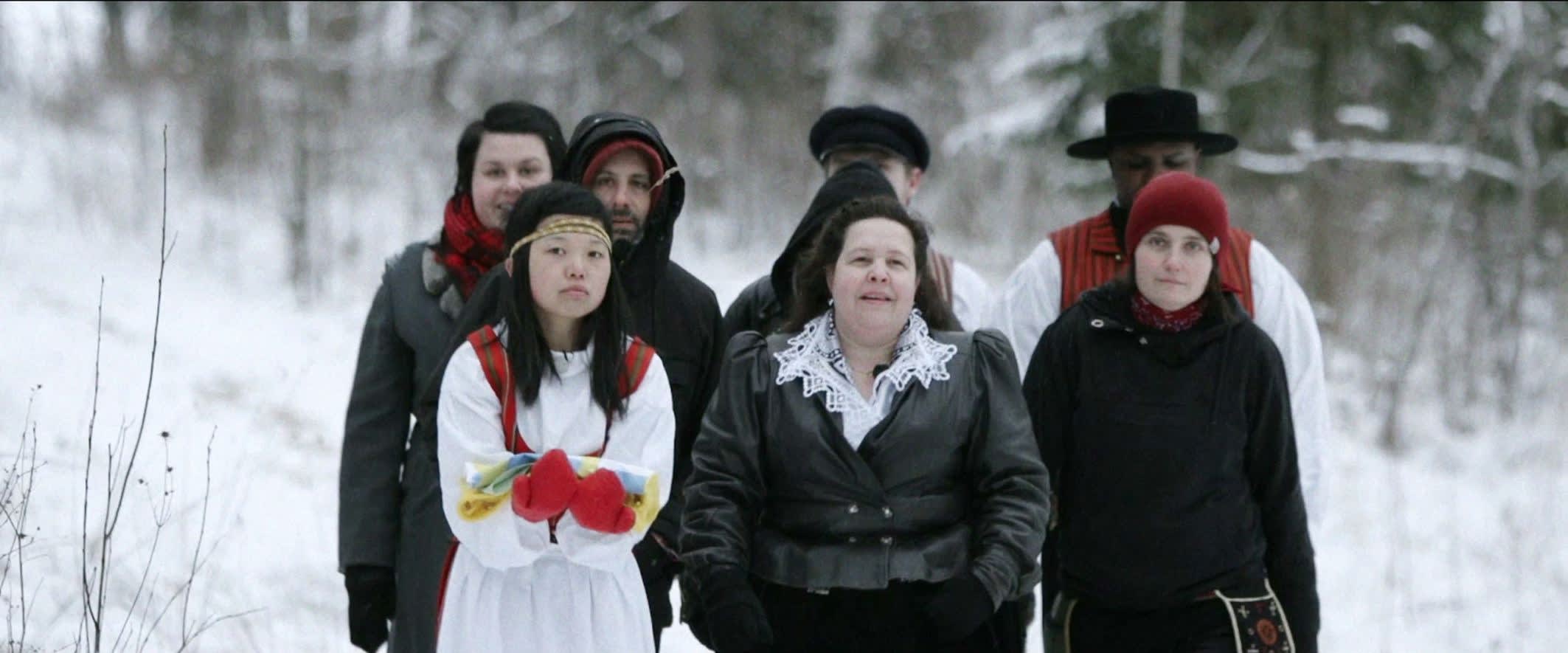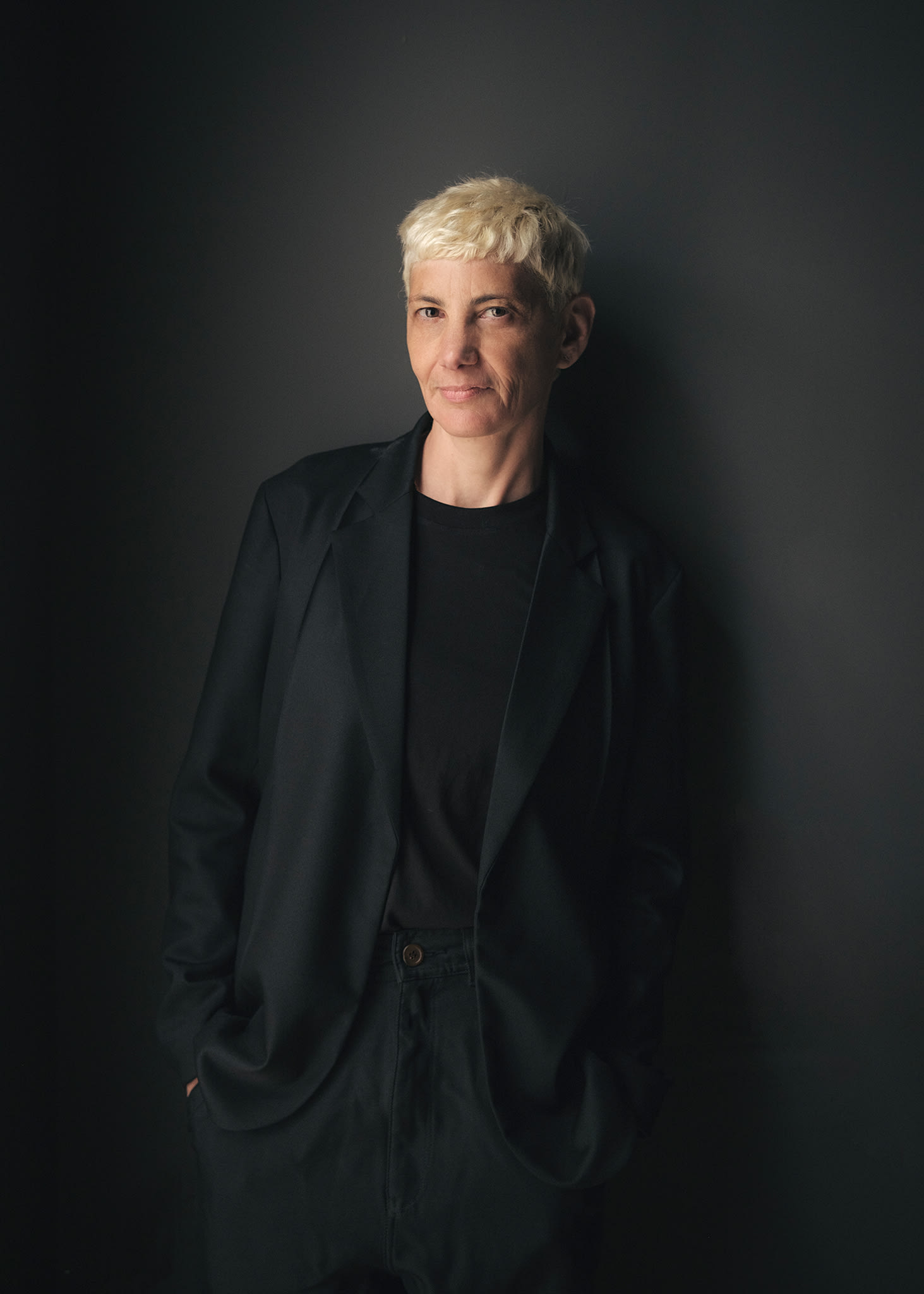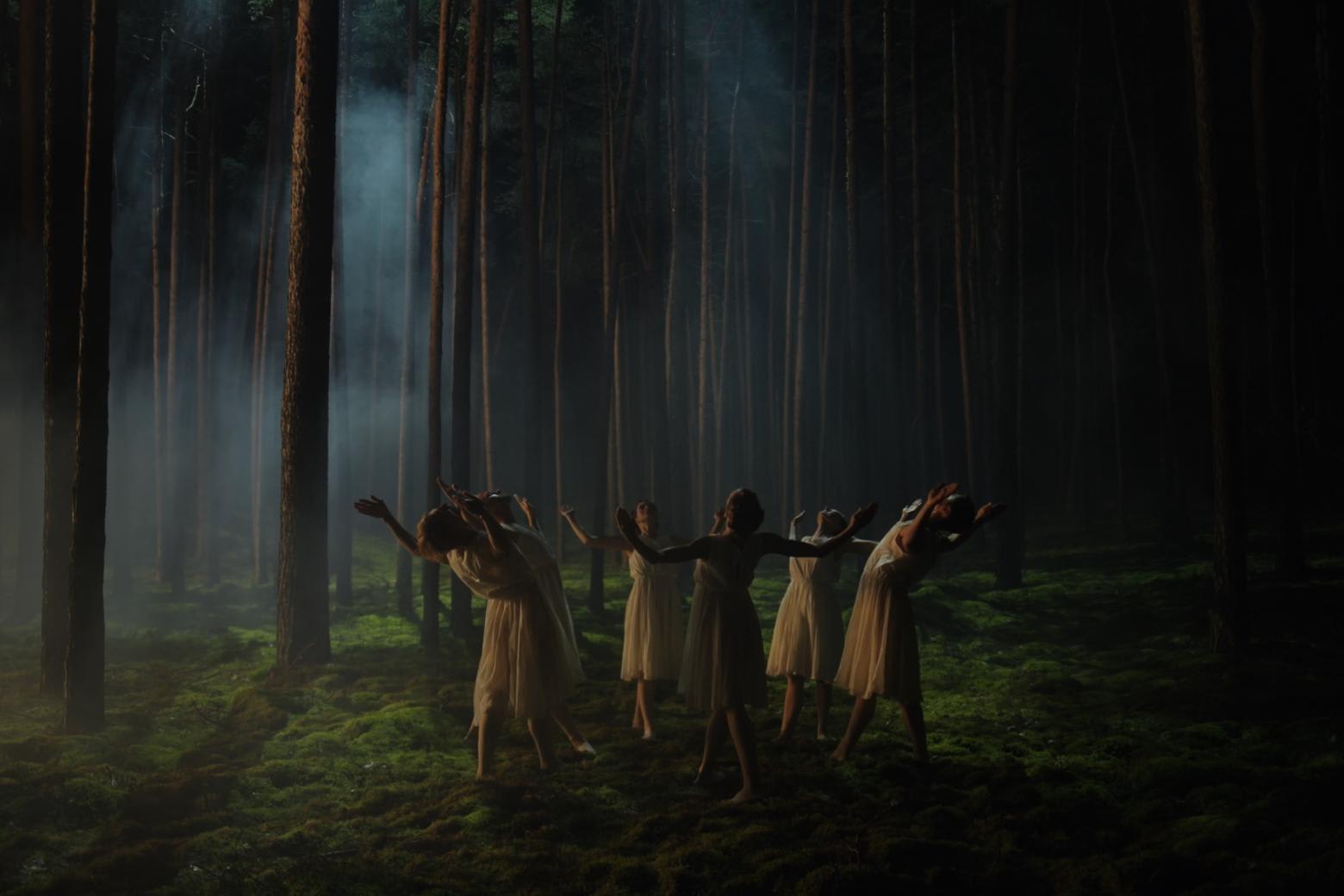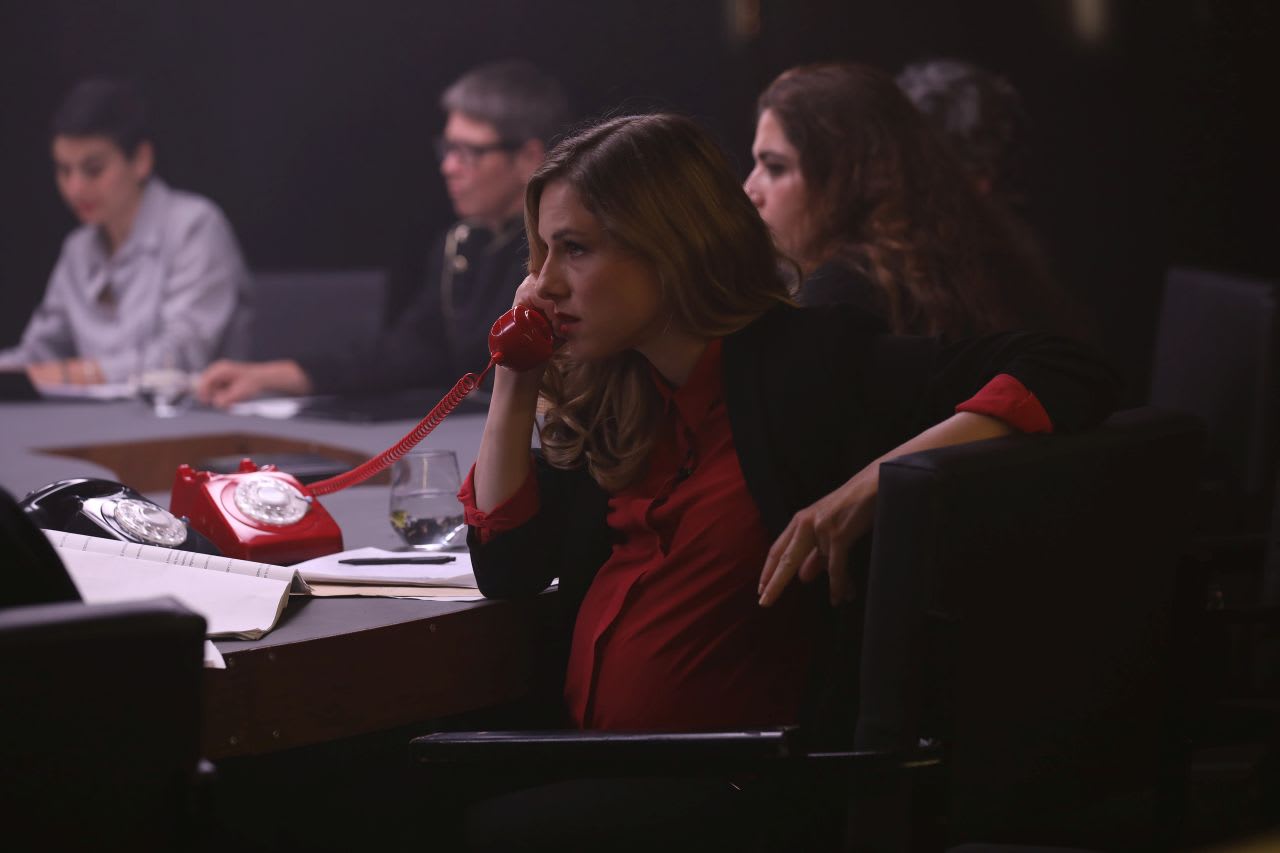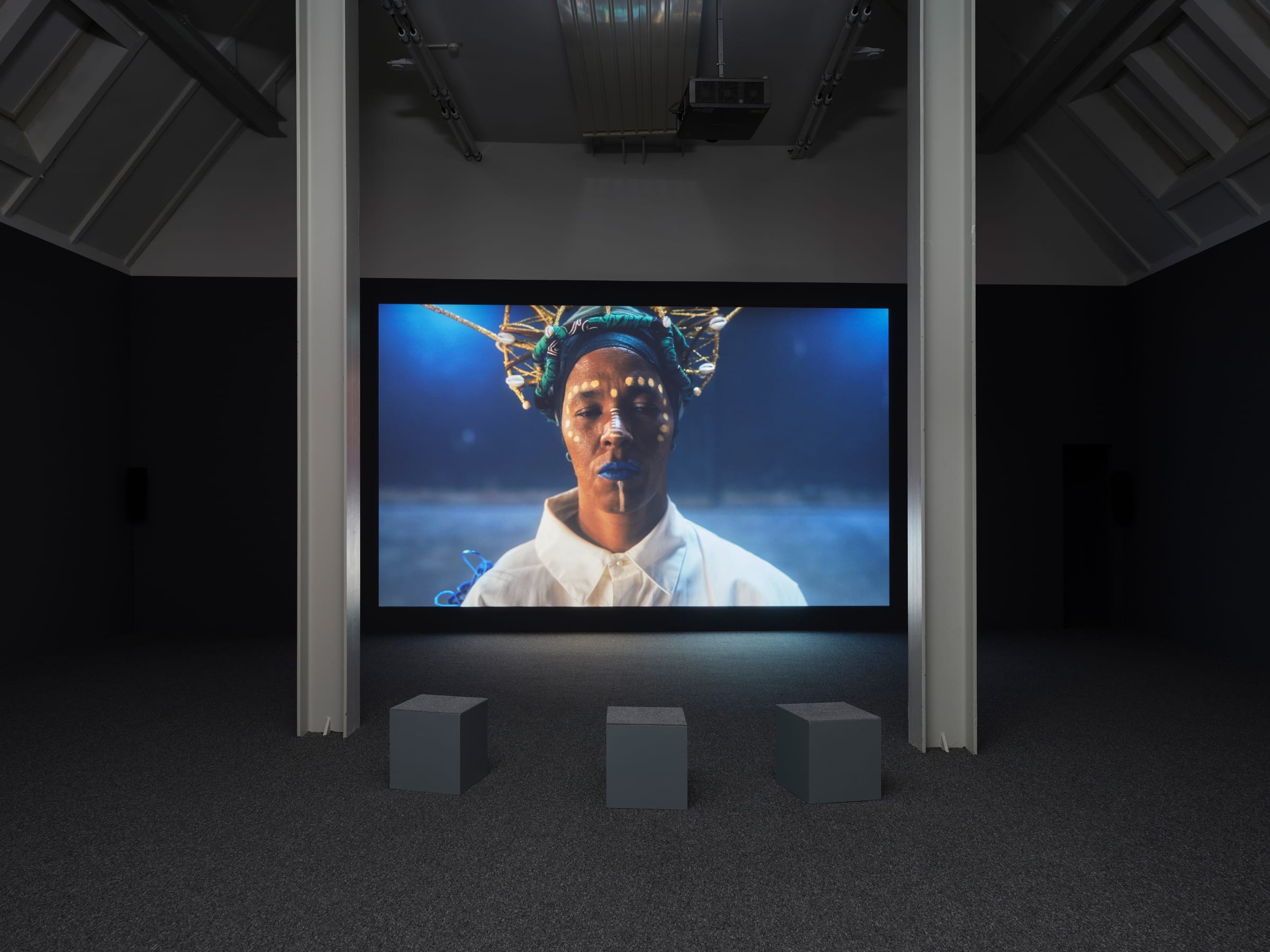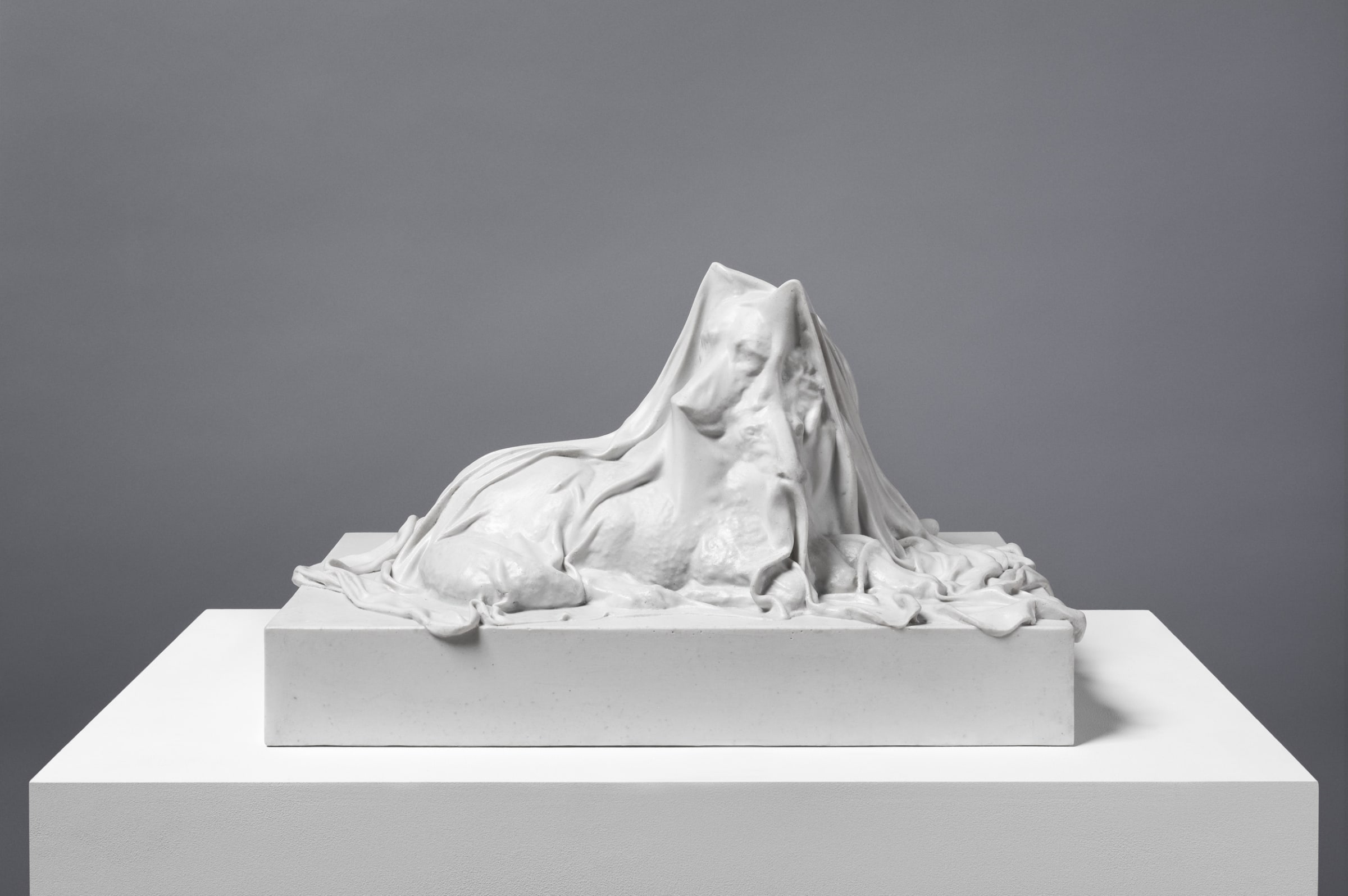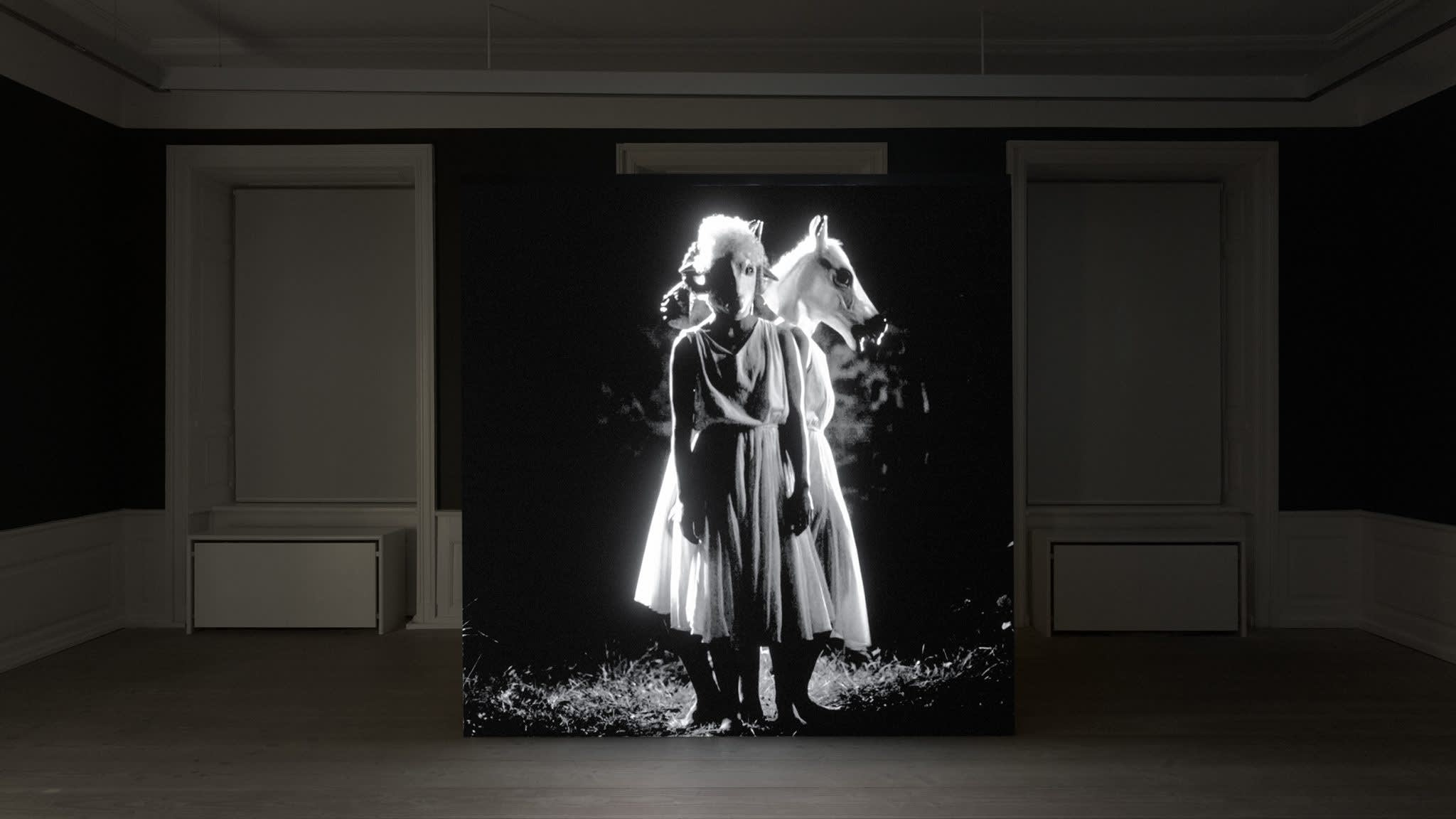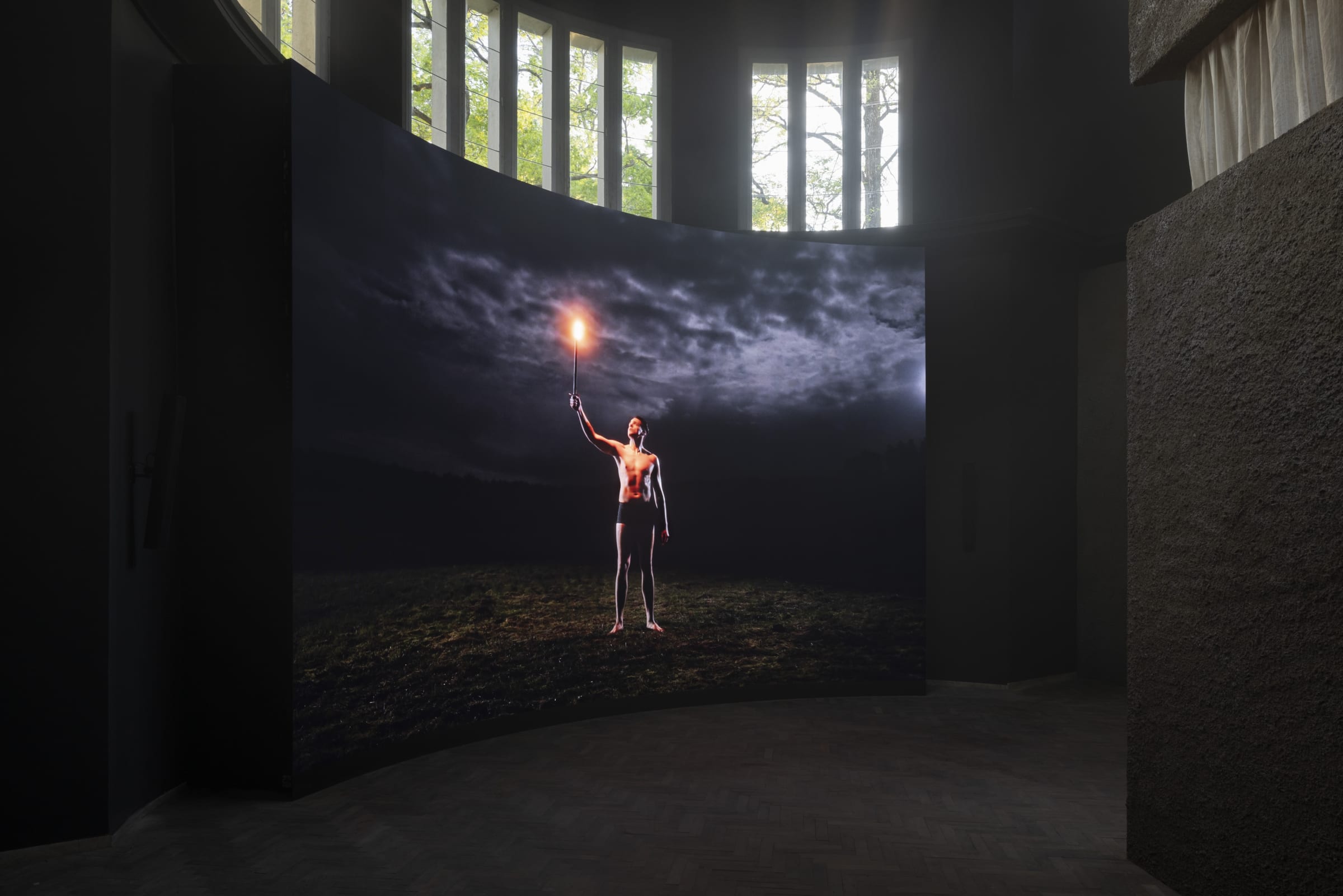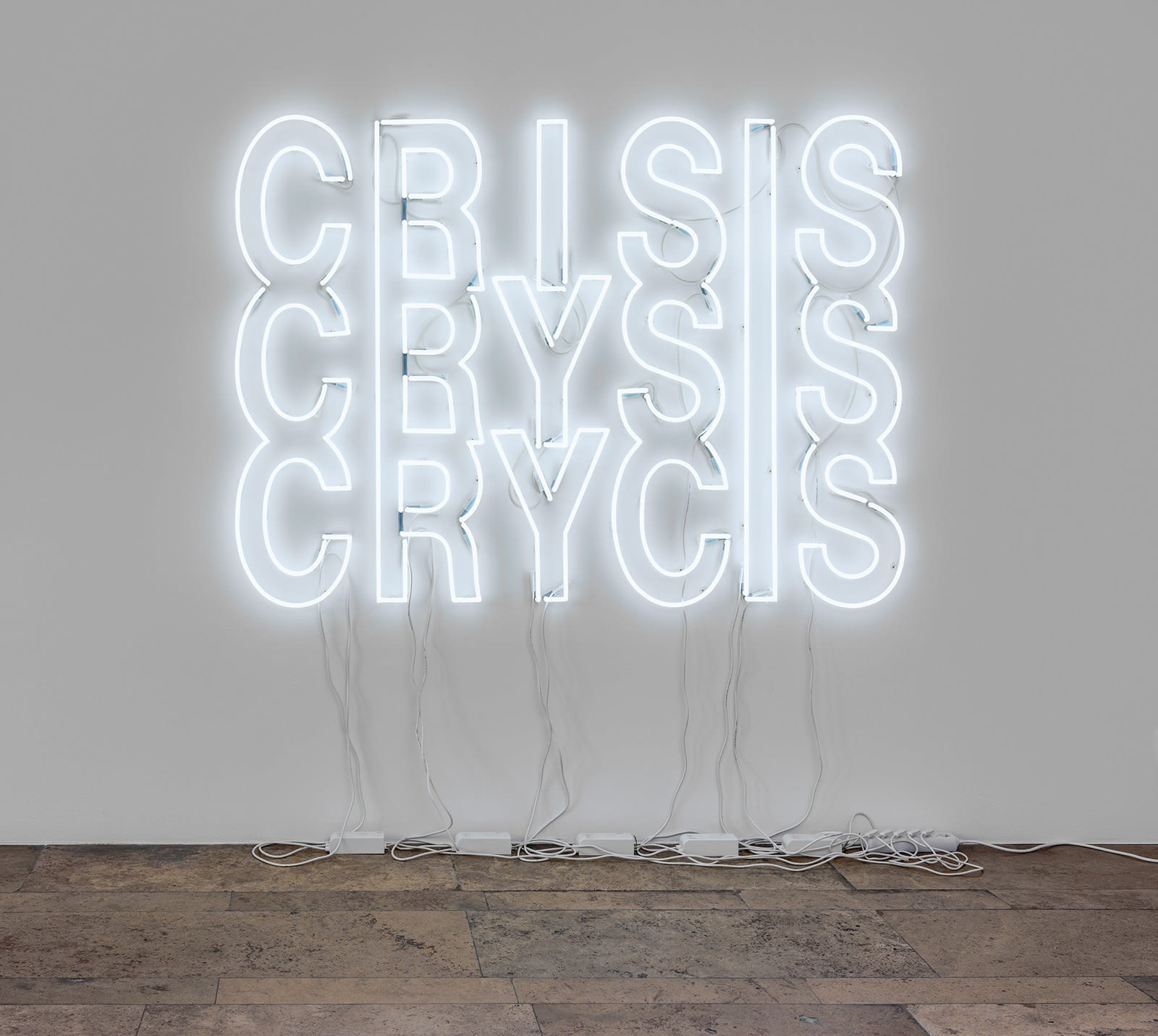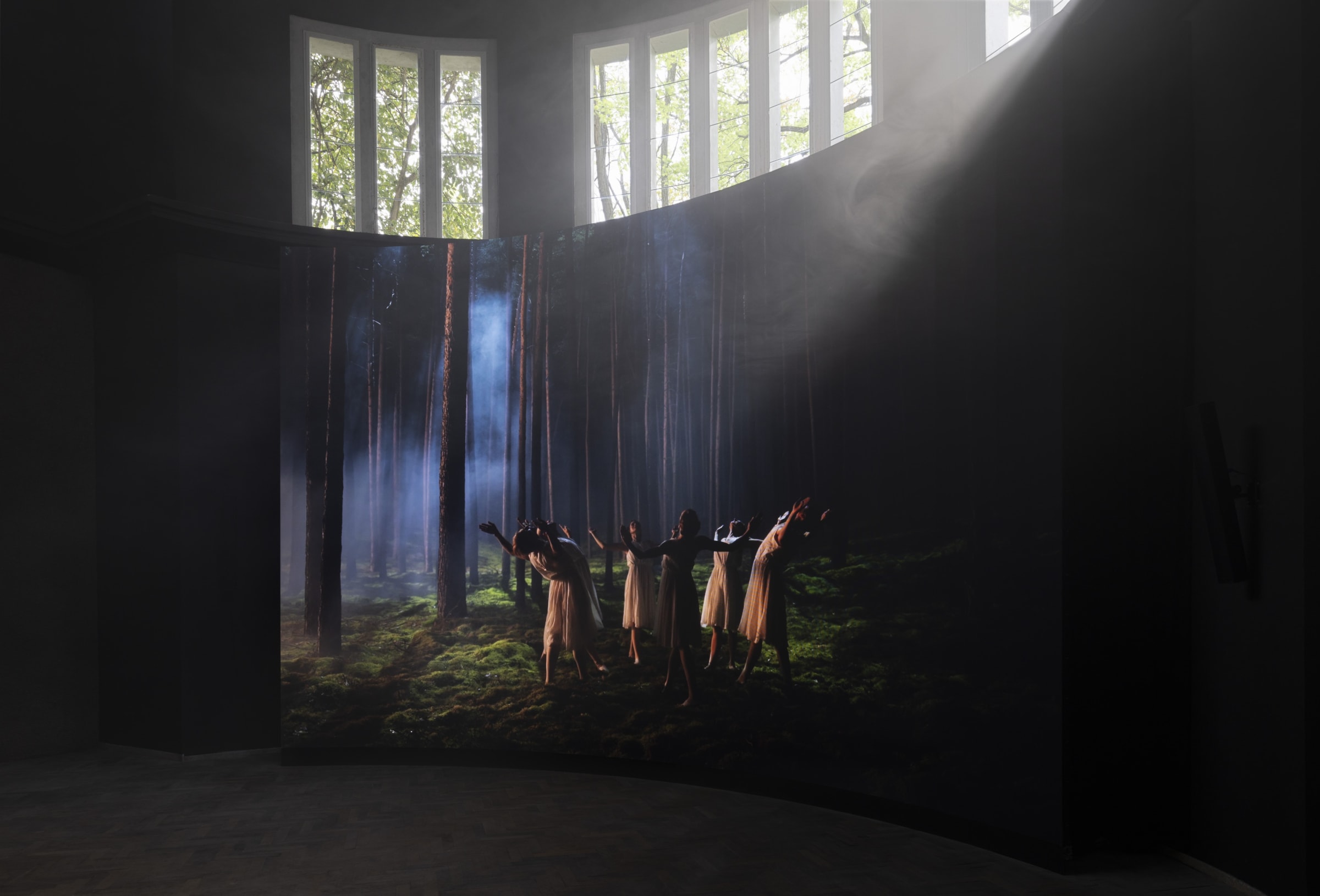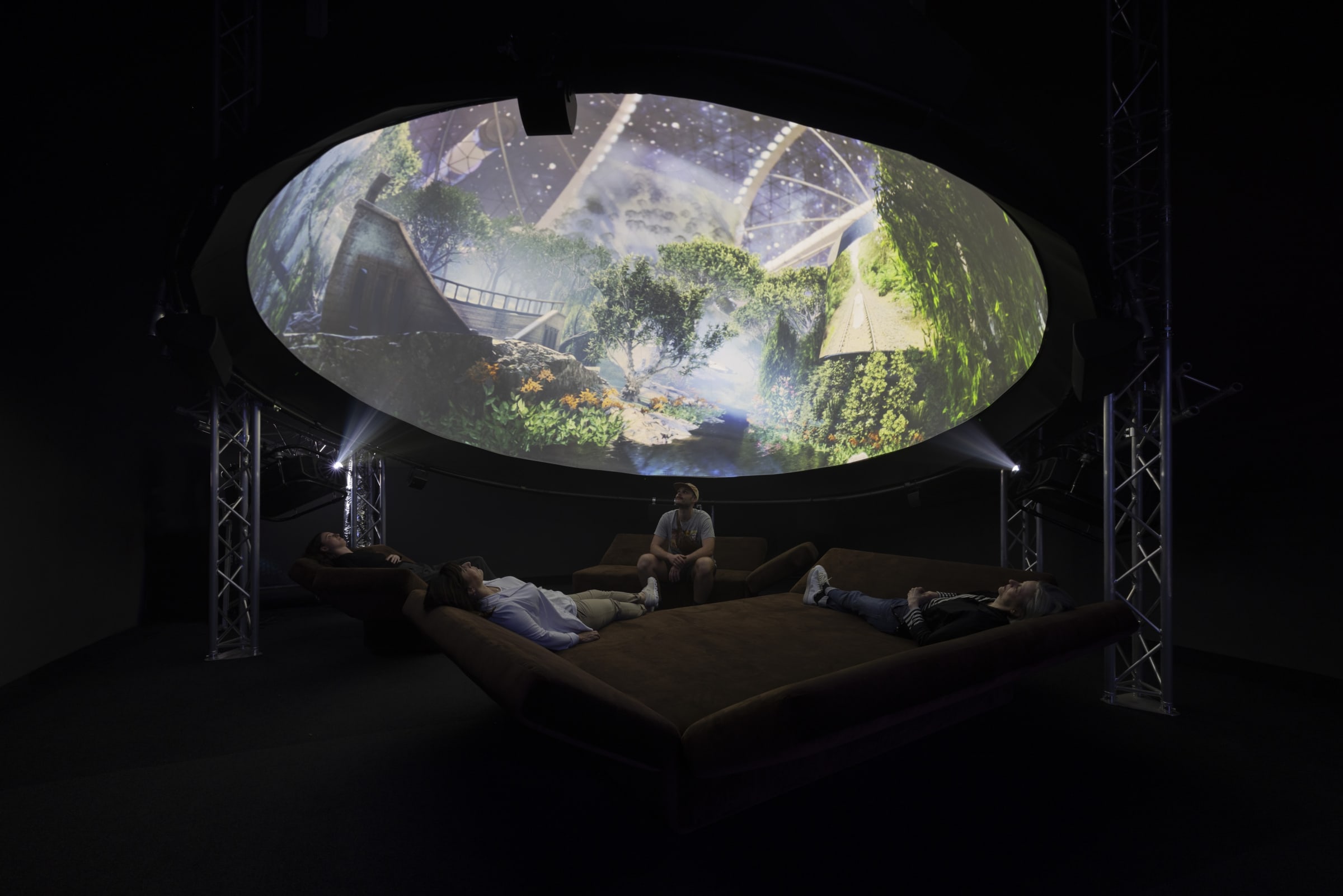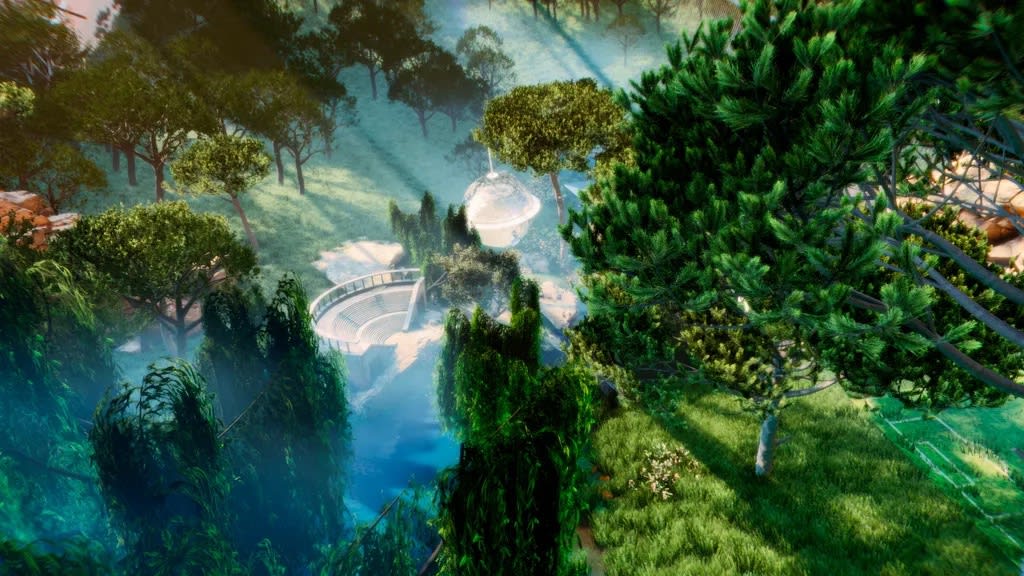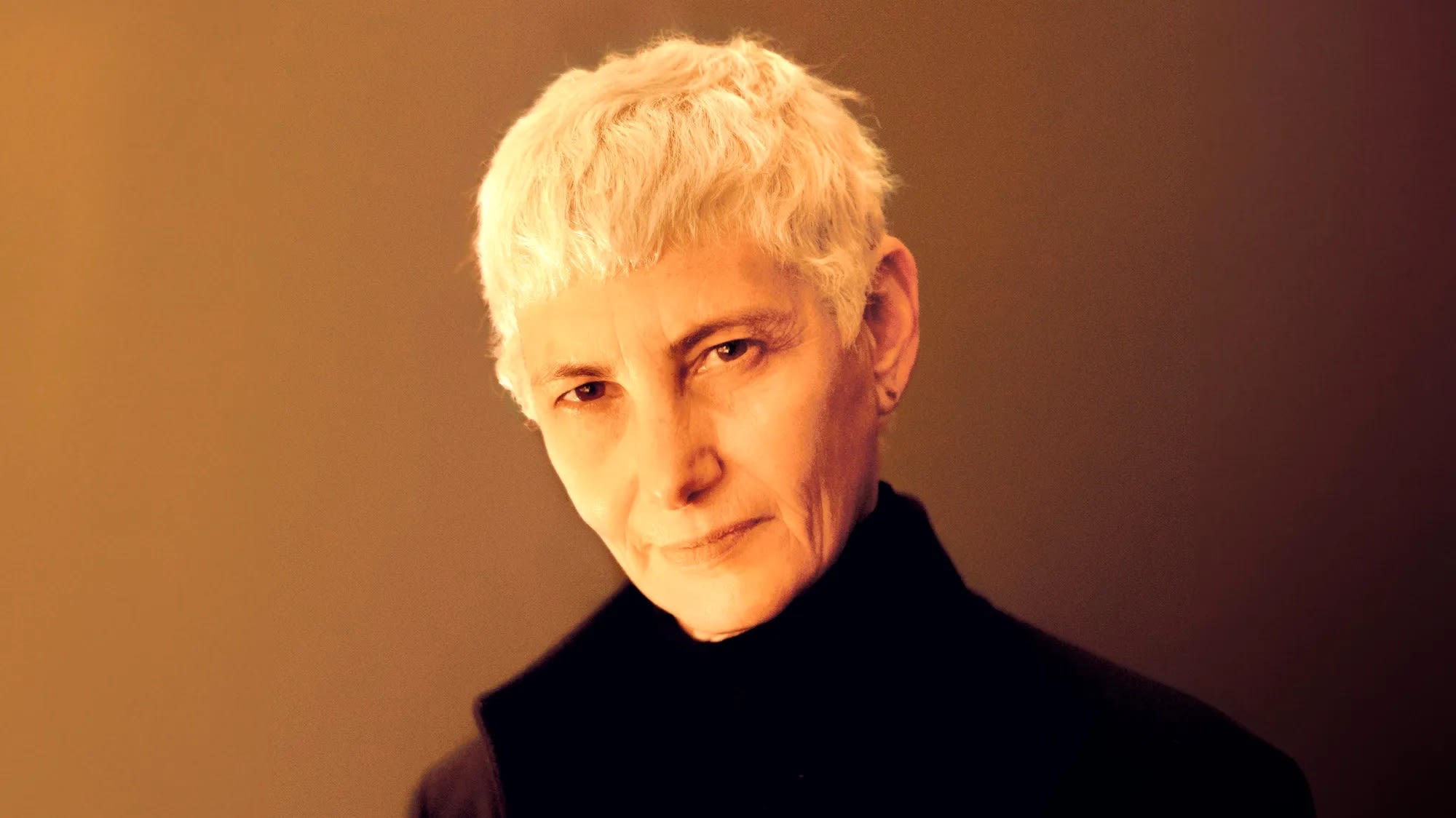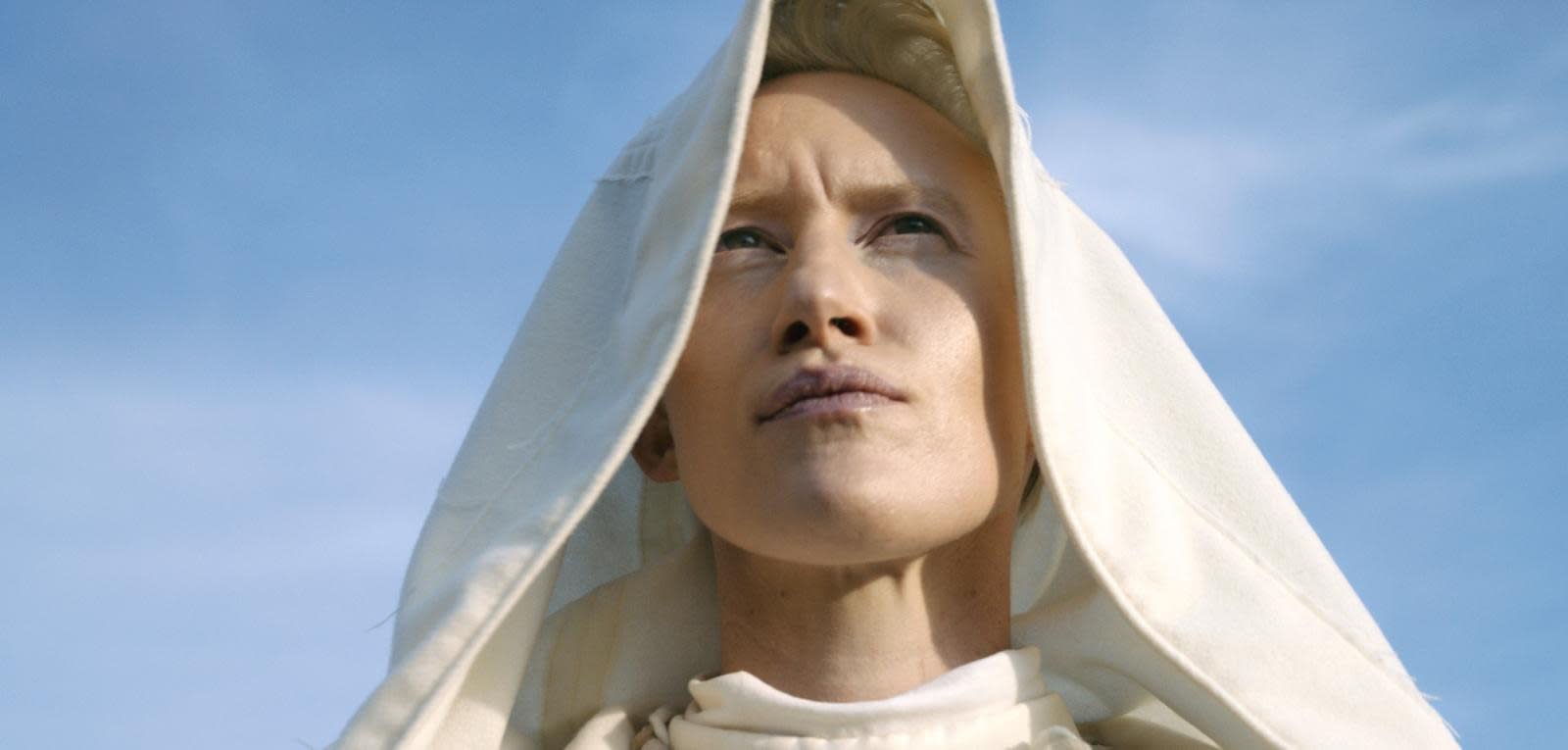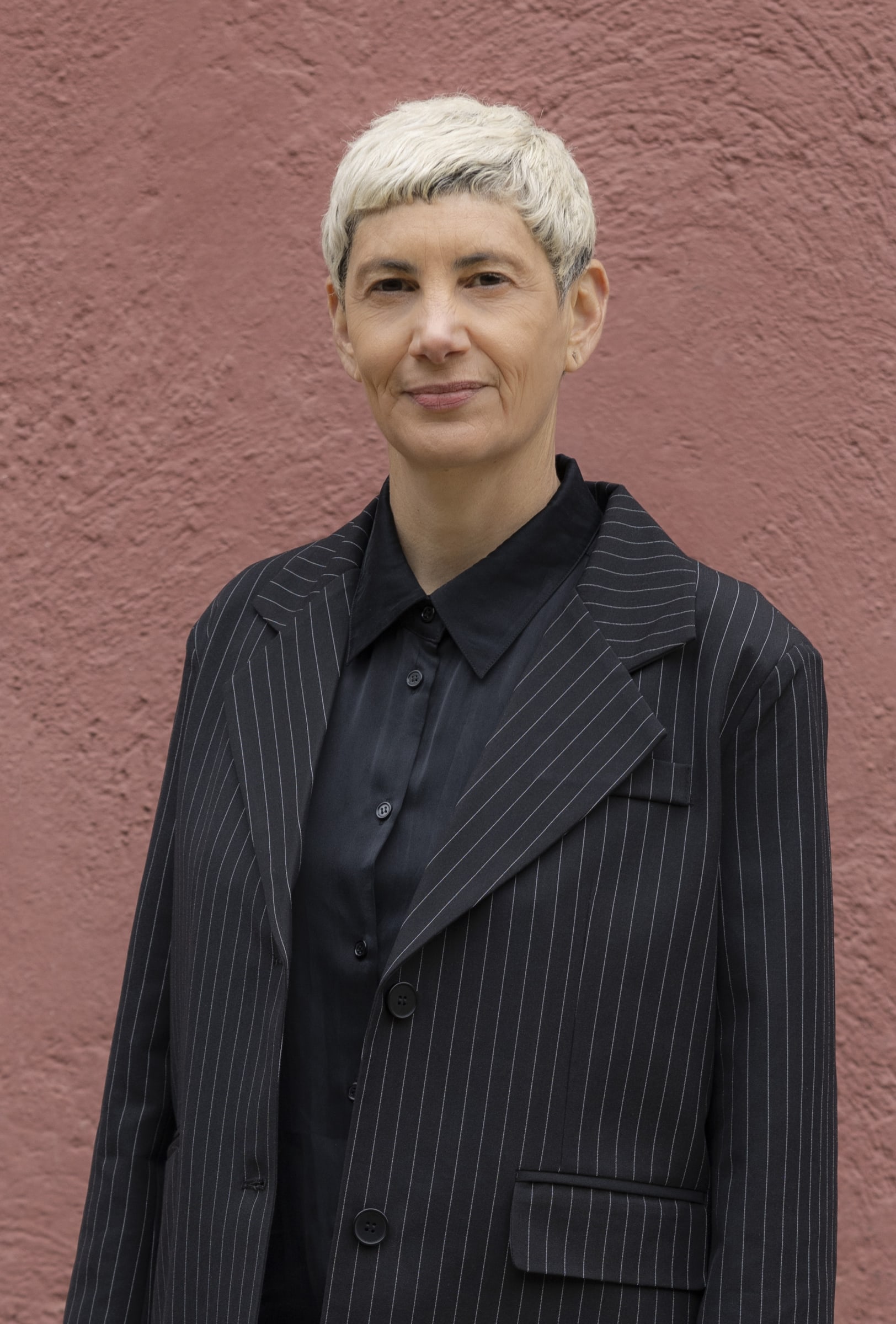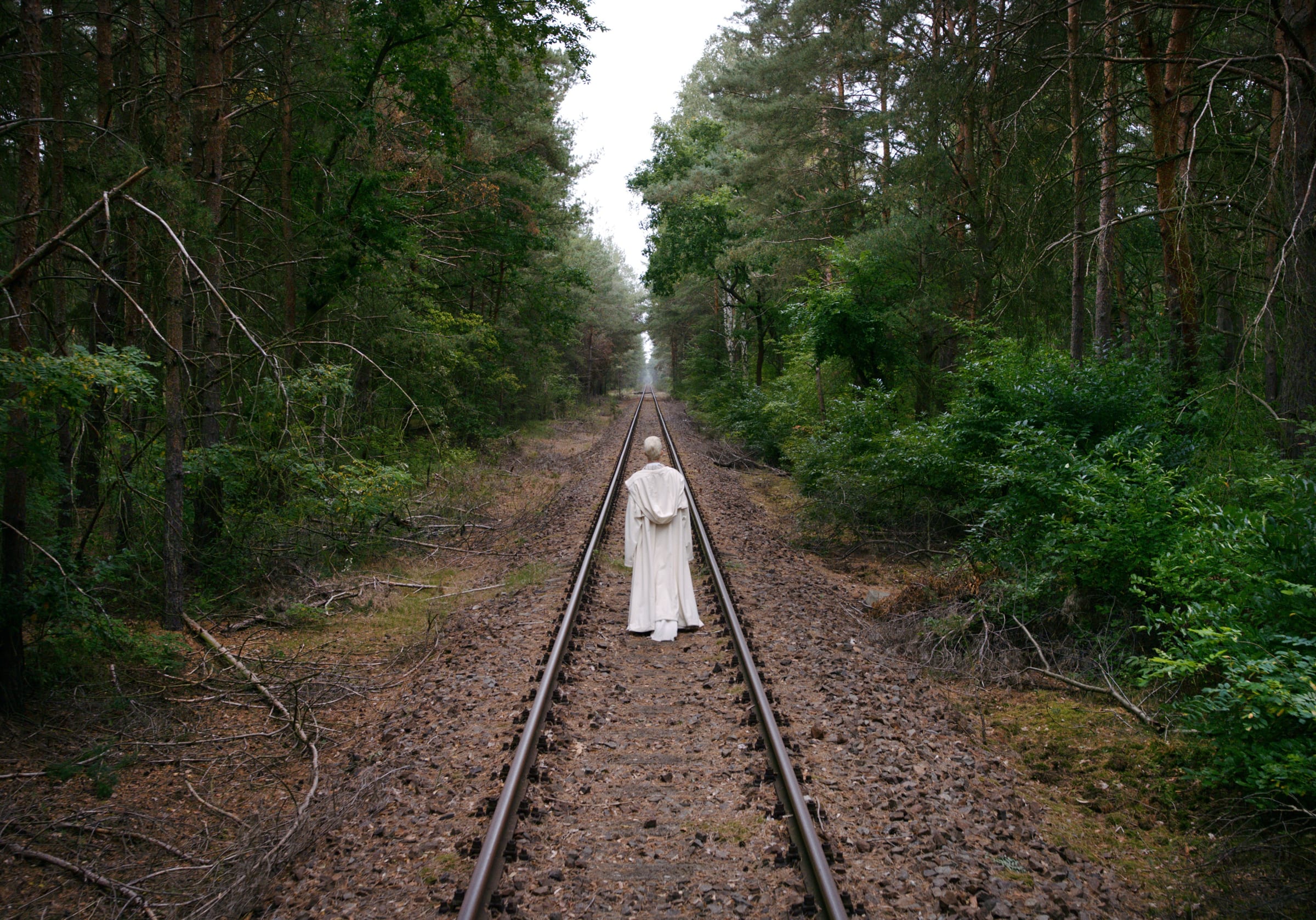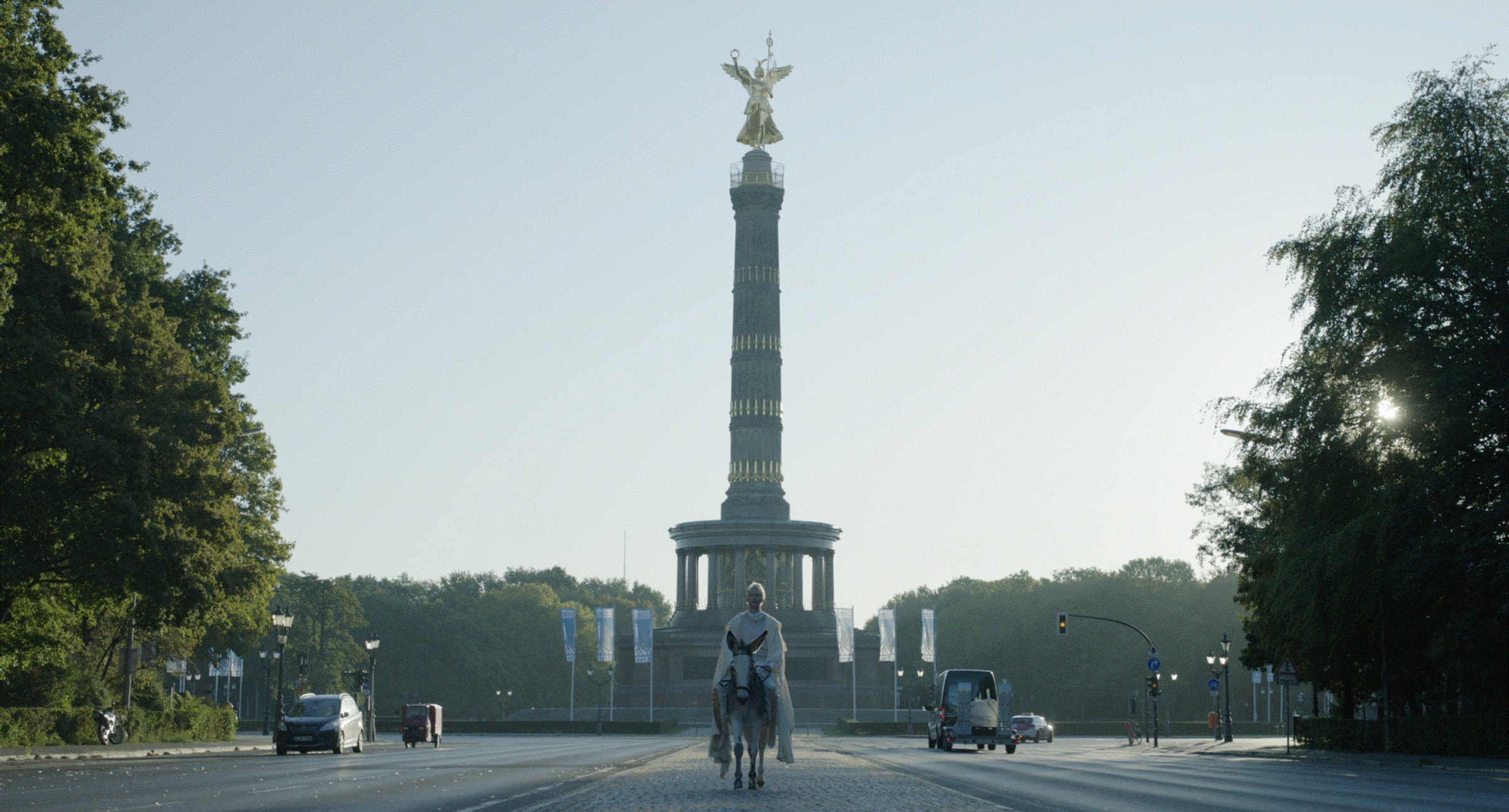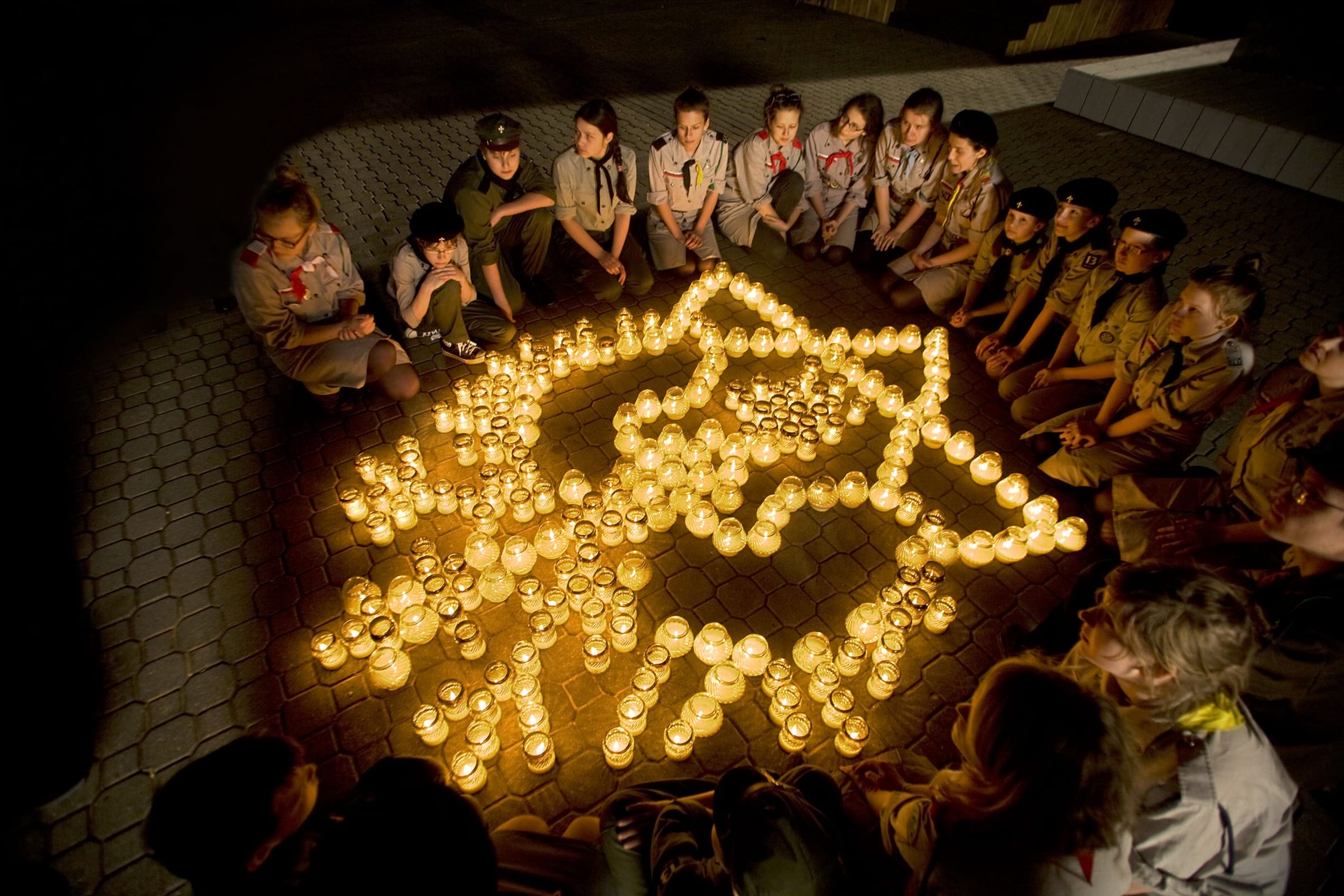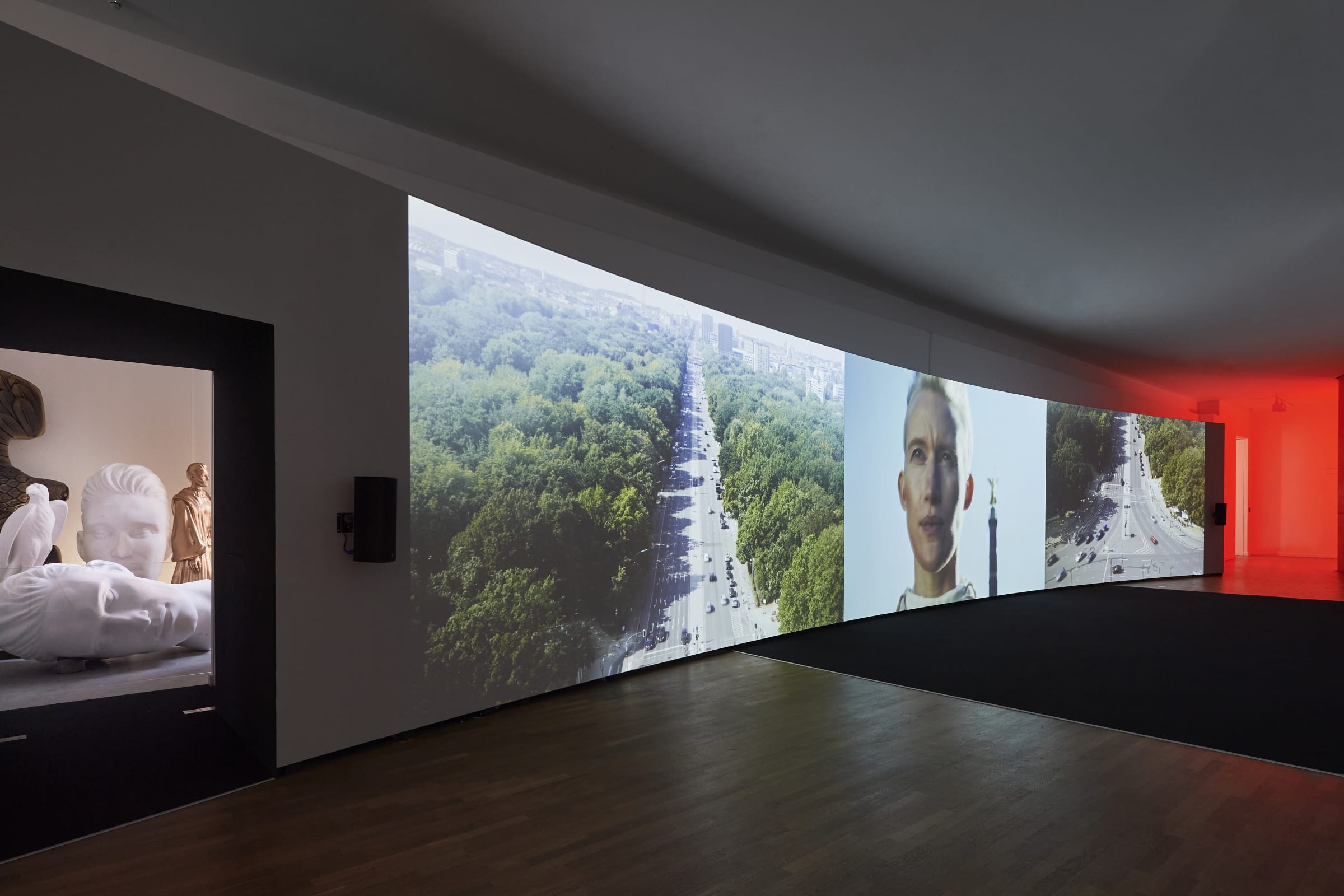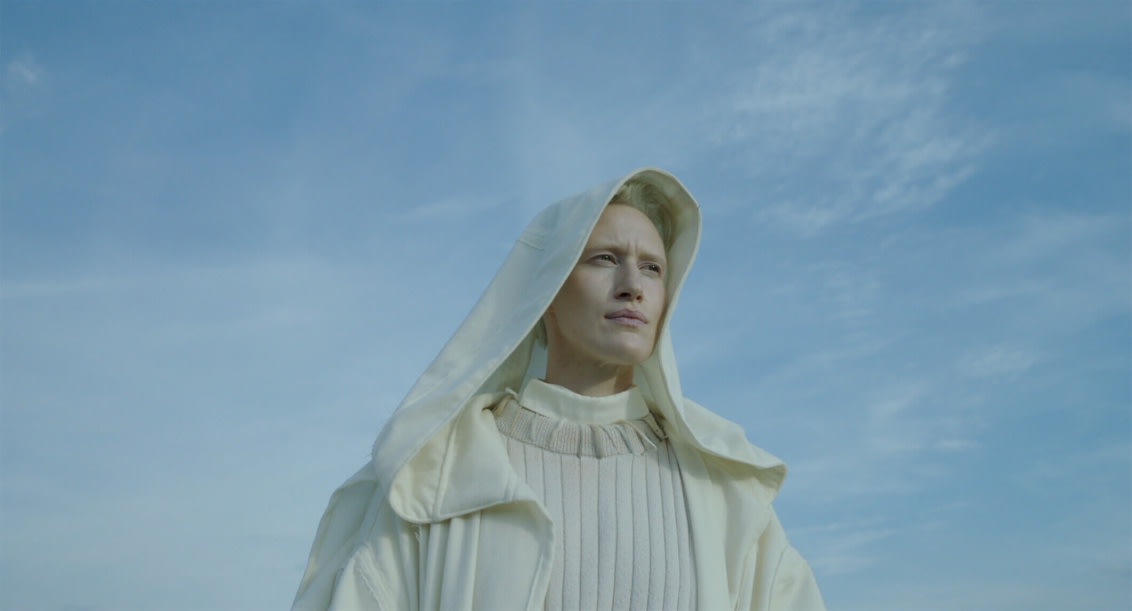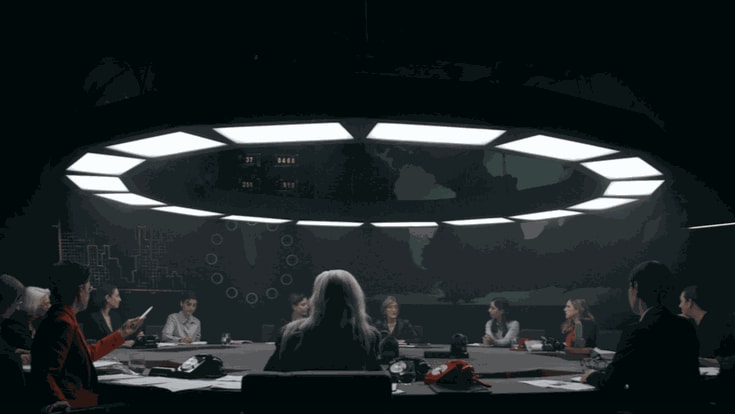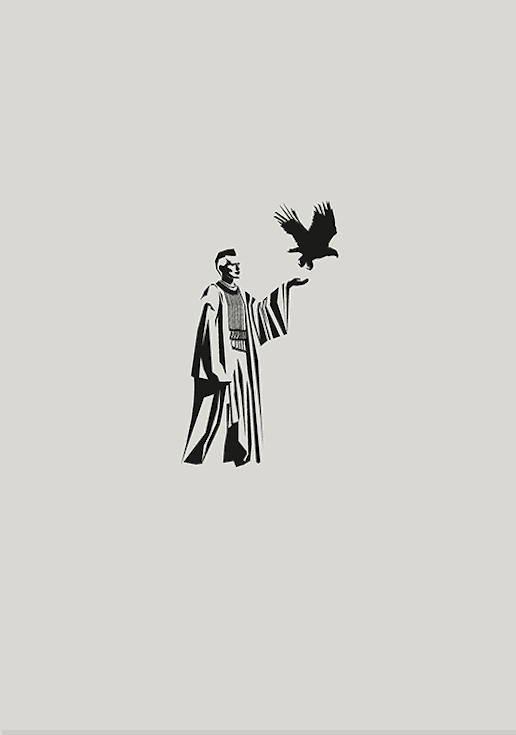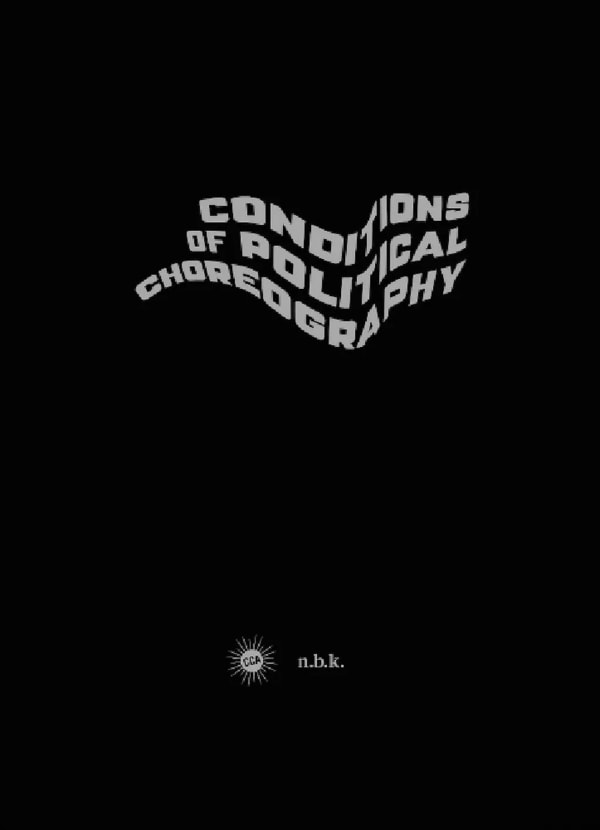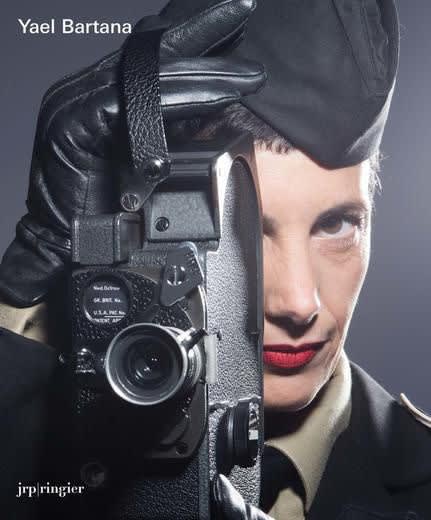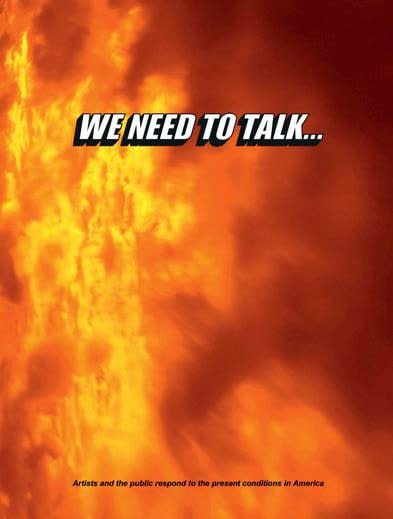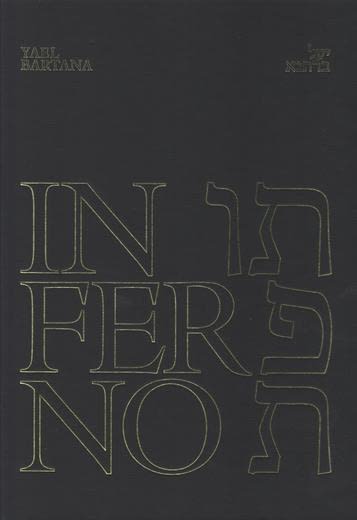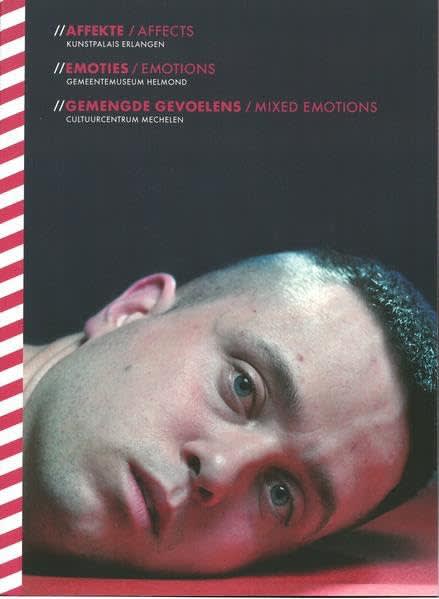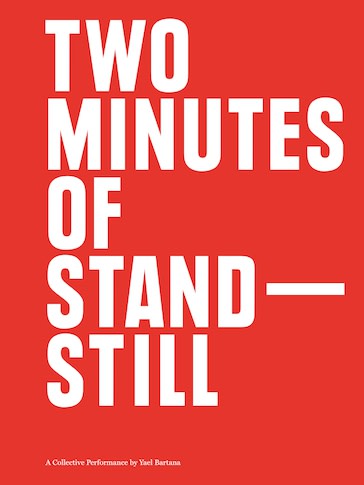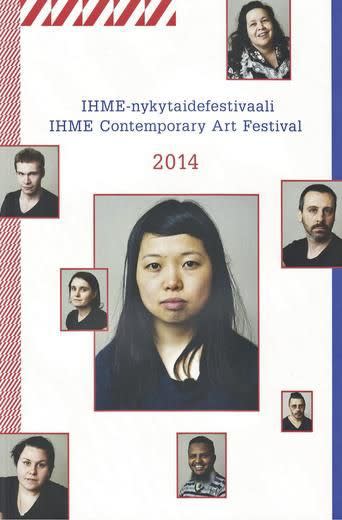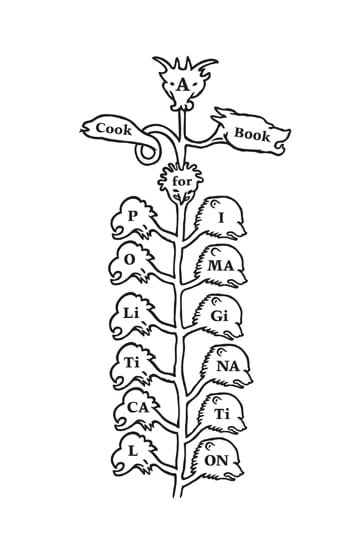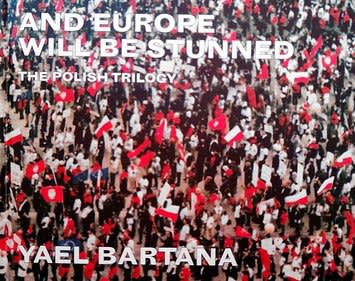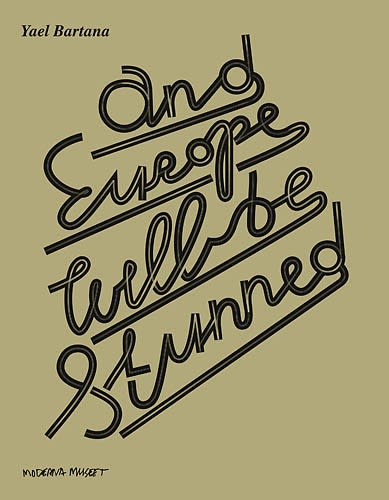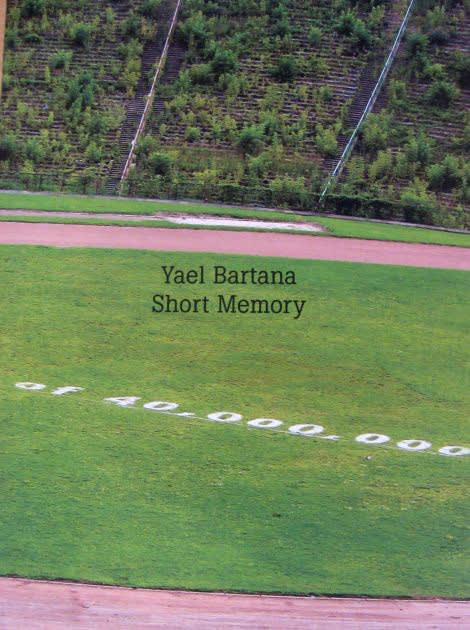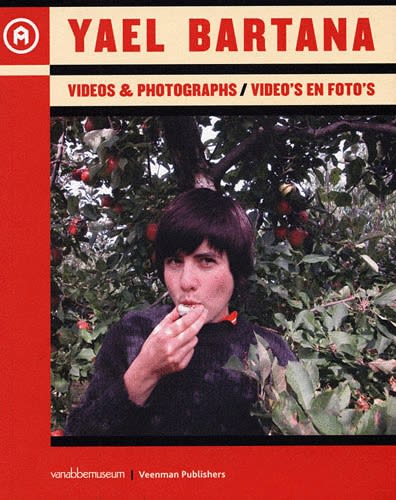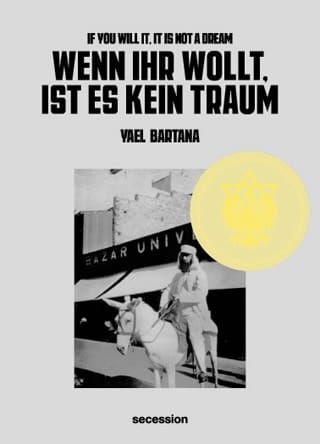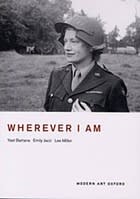Yael Bartana
-
Biography
Born 1970 in Kfar Yehezkel, Israel
Lives and works in Berlin and AmsterdamYael Bartana is an observer of the contemporary and a pre-enactor. She employs art as a scalpel inside the mechanisms of power structures and navigates the fine and crackled line between the sociological and the imagination. Over the past twenty years, she has dealt with some of the dark dreams of the collective unconscious and reactivated the collective imagination, dissected group identities and (an-)aesthetic means of persuasion. In her films, installations, photographs, staged performances and public monuments Yael Bartana investigates subjects like national identity, trauma, and displacement, often through ceremonies, memorials, public rituals and collective gatherings.
Under the title Thresholds, Bartana co-represented Germany alongside theatre director Ersan Mondtag at the Venice Biennale 2024. This is the second time Bartana is representing a country other than Israel in the Biennale, following the exhibition of …and Europe will be stunned as the official Polish participation at the 54th Biennale in 2011. Bartana was also awarded the Rome Prize of the Villa Massimo in 2023/24, where she was in residency in 2023/24.
In 2025 Bartana will present a solo exhibition at the North Norwegian Art Center, Lofoten, Norway. In 2024 the artist held solo exhibitions in Weserburg Museum of Modern Art, Bremen and Gammel Strand, Copenhagen as well as in the National Museum of Contemporary Art in Athens. Further recent solo exhibitions include Center for Digital Art (CDA) in Holon (2023), Philadelphia Museum of Art (2021/ 2018), Jewish Museum Berlin (2021), Fondazione Modena Arte Visive in Modena (2019), Musée cantonal des Beaux-Arts in Lausanne (2017), Stedelijk Museum in Amsterdam (2014), Secession in Vienna (2012) and Louisiana Museum of Modern Art in Humlebæk, Denmark (2012).
Yael Bartana‘s works are part of various permanent collections, such as Jewish Museum, Berlin, Tate Modern, London, Jewish Museum, New York, Guggenheim, New York and Abu Dhabi, Centre Pompidou, Paris, Hammer Museum, Los Angeles, San Francisco Museum of Modern Art, Museum of Modern Art, Warsaw, Israel Museum, Jerusalem, Kunstmuseum St. Gallen, Van Abbemuseum, Eindhoven, Stedelijk Museum, Amsterdam, Kunstmuseum Den Haag, Magasin III – Museum for Contemporary Art, Stockholm and The German Federal Collection of Contemporary Art.
-
-

-

-

-
-
News
-
-
The imagery of identity and the politics of memory are the themes which form the core of Yael Bartana‘s artistic practice. Constantly seeking to create alternative fictional realities in commentary to existing narratives, Yael Bartana stages speculative situations and introduces fictive moments and futures in her works. Though known for her films and collective performances, the artist works across many various media, including sculpture, light ojects, installation and photography.
-
Works
Yael Bartana
And Europe Will Be Stunned — The Polish Trilogy, 2007-20113 channel video and sound installations11, 15 and 35 minEdition of 8 + 2 APB-YBARTANA-.15-0026Mary Koszmary (Nightmares) is the first film in the trilogy 'And Europe Will Be Stunned' and features a young activist, played by Sławomir Sierakowski, founder and editor of a Polish...Mary Koszmary (Nightmares) is the first film in the trilogy "And Europe Will Be Stunned" and features a young activist, played by Sławomir Sierakowski, founder and editor of a Polish left-wing magazine. In a speech delivered in the abandoned National Stadium in Warsaw, he urges three million Jews to come back to Poland. Both a cinematic fiction and Sierekowski’s actual views, his improbable call addresses the question of anti-Semitism and xenophobia in Poland, resonating with current issues of immigration and the question of “return”.
In the second film of the trilogy, "Mur I wieża (Wall and Tower)", the vision of the first is being realised: men and women dressed as Jewish pioneers erected a Wall and Tower kibbutz in the Warsaw district which used to be the Jewish residential area before the war, and then became part of the Ghetto. Like Summer Camp/Awodah, the film aesthetically references Zionist imagery from the 1930s. Upon completion of the construction, a flag is raised, designed using hybrids of Polish and Jewish emblems, while the Israeli national anthem is played backward, as if to signal the reversal of a historic event.
The gripping final part of the trilogy, "Zamach (Assassination)", features the funeral ceremony of Sławomir Sierakowski, leader og the Jewish Renaissance Movement in Poland, who has been assassinated. The speeches at the ceremony allow for a multiplicity of voices to be heard-of both real people like Anda Rottenberg, Alona Frankel, and Yaron London, and fictional characters. It is by means of this symbolic death that the myth of the new political movement is unified, in the hope that it will become a concrete project to be implemented in the years to come: “Join us, and Europe will be stunned."ExhibitionsExternal ExhibitionsPressPublicationsVideoArtist Yael Bartana: Imagine Something Different | Louisiana Channel, 2024
Artist Talk Yael Bartana: Redemption Now | Jewish Museum Berlin, 2021
Request more information
